
China
12:53, 05-Jun-2018
Full steam ahead: China drives tech push in high-speed rail
CGTN
03:59
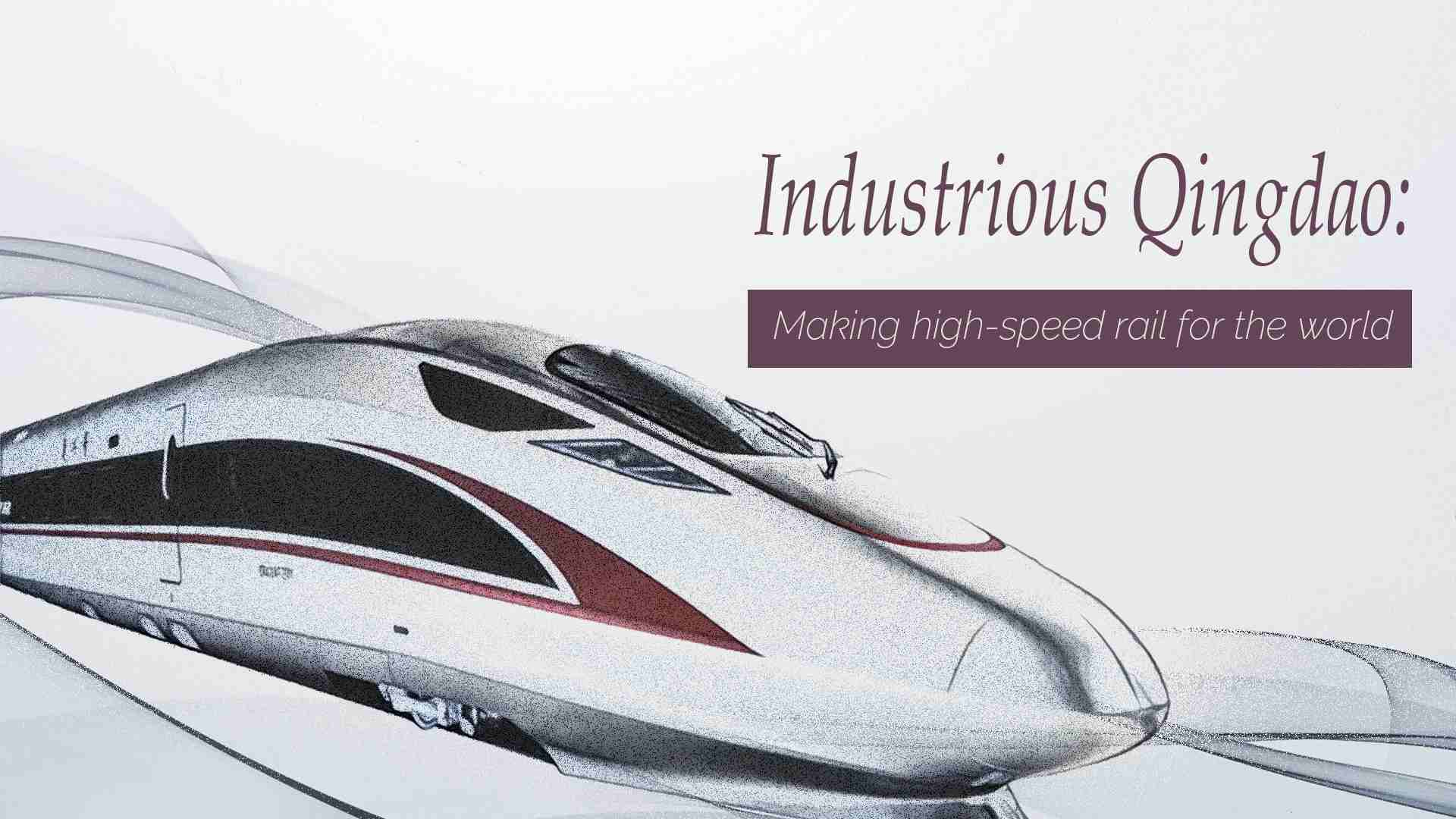
Yan Guizhen still remembers the first time she hopped on a train.
It was in 1985 when the then young girl left her small county in southwest China's Sichuan Province, to the coastal city of Shanghai. The train chugged through some 2,000 kilometers of mountainous scenery, pastoral farms, and small villages. The trip would later power Yan's career and, further down the line, help draw the country's sprawling high-speed railway network.
"The journey was very long. I had to take a bus from home for a whole day. We then took a train in Guangyuan. There were a lot of people on the train. My brother helped me get in from the window. The carriage was full of people, there was no place to stand," Yan recalled.
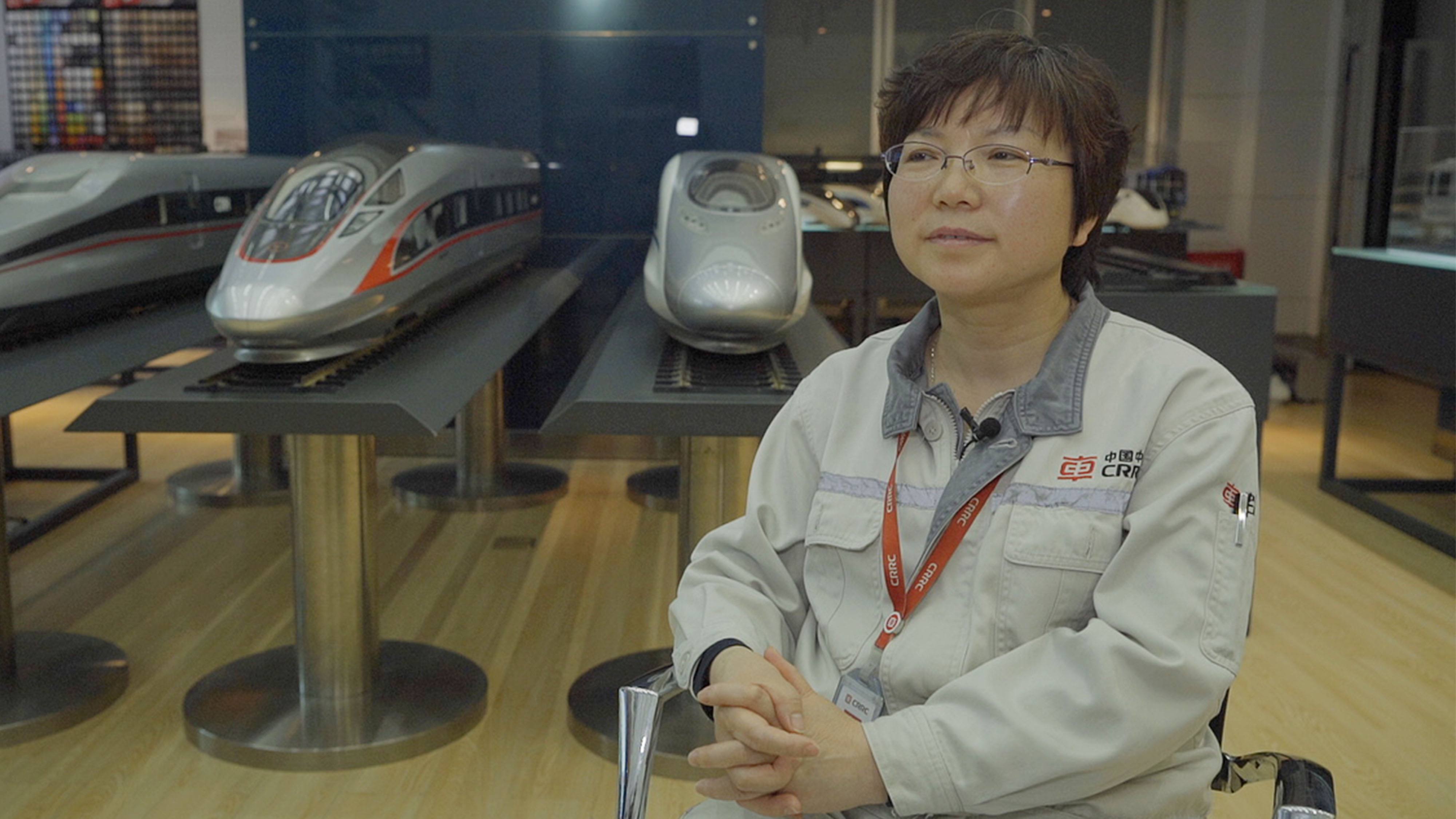
Yan was heading to the Shanghai Railway Institute, from where she graduated in 1989. She was dispatched to work in Sifang factory in the town of Jihongtan, Qingdao City in east China's Shandong Province.
Three decades on, Yan is still working at the same production base, but it's a drastically different reality for her, the town and the country.
Today, she is the senior chief designer at the CRRC Qingdao Sifang Co., Ltd, whose manufacturing plant of high-speed electric multiple unit (EMU) trains covers an area the size of 248 football fields.
Jihongtan's gravel roads are now covered with a layer of asphalt, and the town benefitted from Qingdao's transformation into an advanced manufacturing hub in the railway industry. Around 65 percent of China's EMU and 25 percent of the subway trains roll off factory lines in Jihongtan to travel the length and breadth of the country. By 2021, the rail sector's output value is expected to surpass 100 billion yuan in Qingdao.
Race to success
China is investing some 3.5 trillion yuan (550 billion US dollars) during the 13th Five-Year Plan (2016-20) to further extend the current network, with a target of adding another 10,000 kilometers of high-speed rail lines by 2020 and reaching 38,000 kilometers by 2025.
But it's not the sheer size of the country's rail system that is only impressive – Chinese innovation in the architecture of bullet trains has also been gripping.
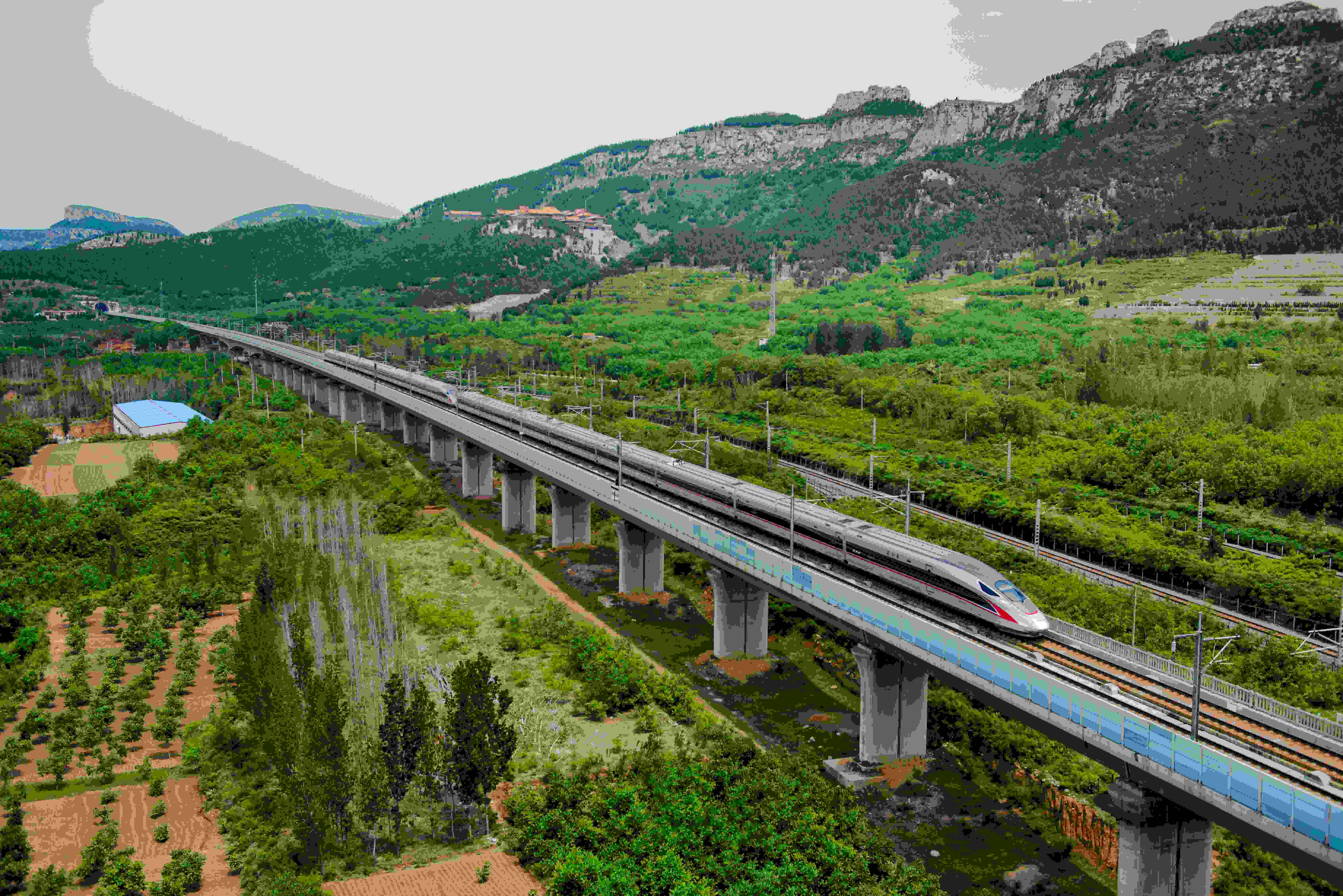
Despite relying on imported technology at the beginning, the country was quick to get behind the wheel, developing a deep understanding of the engineering and design processes.
Yan believes grasping the essence of railway manufacturing drove China's lead in the industry.
She was one of the early batches of Chinese specialists to have traveled to Japan as early as 2005 for training with Kawasaki, a powerhouse in rolling stock production.
"At that time, we had some understanding of the technologies related to EMU trains, but it certainly wasn't deep. During the three-month training program, our main task was to learn from Kawasaki's designers," she said.
"We didn't just stick to the textbooks and drawings they provided us. What we wanted was to dig deeper into how they thought and how they designed these vehicles, so we could come back and guide our own designs.”
"Fuxing" China Standard EMU models are the world's fastest trains and technological marvels on wheels proudly made in China. The country owns full intellectual property rights over the trains as they were developed and manufactured using homegrown technology.
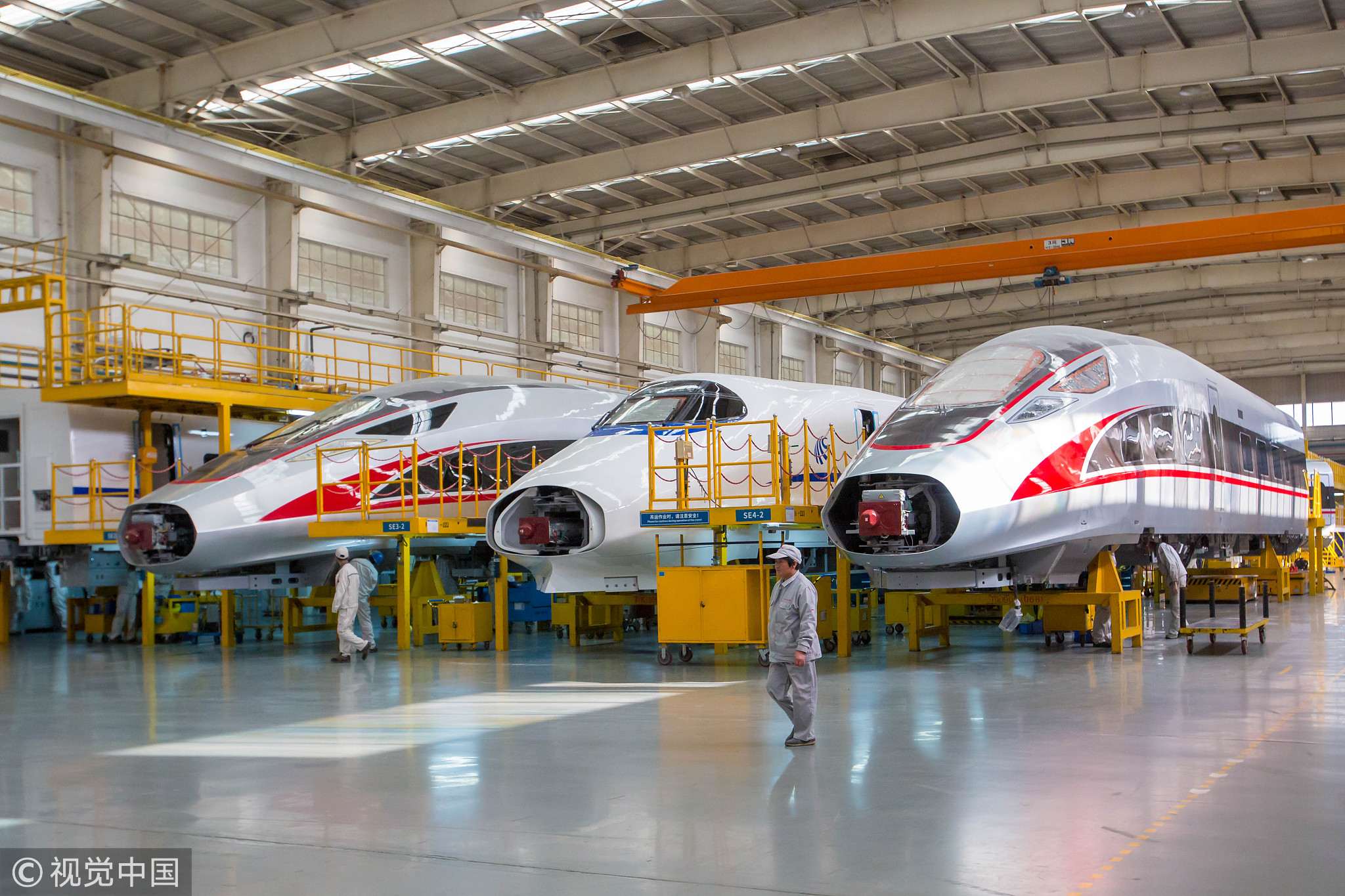
More than 2,500 sensors monitor in real time data such as temperature, vibration, and pressure, as well as examine driver behavior.
The trains are designed to be energy-efficient, more reliable and with a longer lifespan. They consume 17 percent less energy per 100 kilometers and have 12 percent less resistance when running compared to their predecessor, the Hexie (Harmony) trains. They could also operate for some 30 years – a decade longer than Hexie.
For all their modern characteristics, Fuxing trains’ design has been shaped by ancient Chinese mythology.
"The Fuxing bullet train has a smooth and stable design to guarantee low resistance when it's running. With the settings of the outside color and the sightseeing windows, the idea of the dragon totem for the train's head makes the train looks like a Chinese dragon," Yan said.
Beyond the Great Wall
China's technological pride and joy is now a valuable export to the world, boosting the nation's global competitiveness, and driving cooperation that has spanned over 102 countries and regions, including member states of the Shanghai Cooperation Organization, whose 2018 summit is taking place in Qingdao on June 9-10.
Yan added that the country is also investing in the research and development of magnetic levitation trains with speeds of 600 kph.
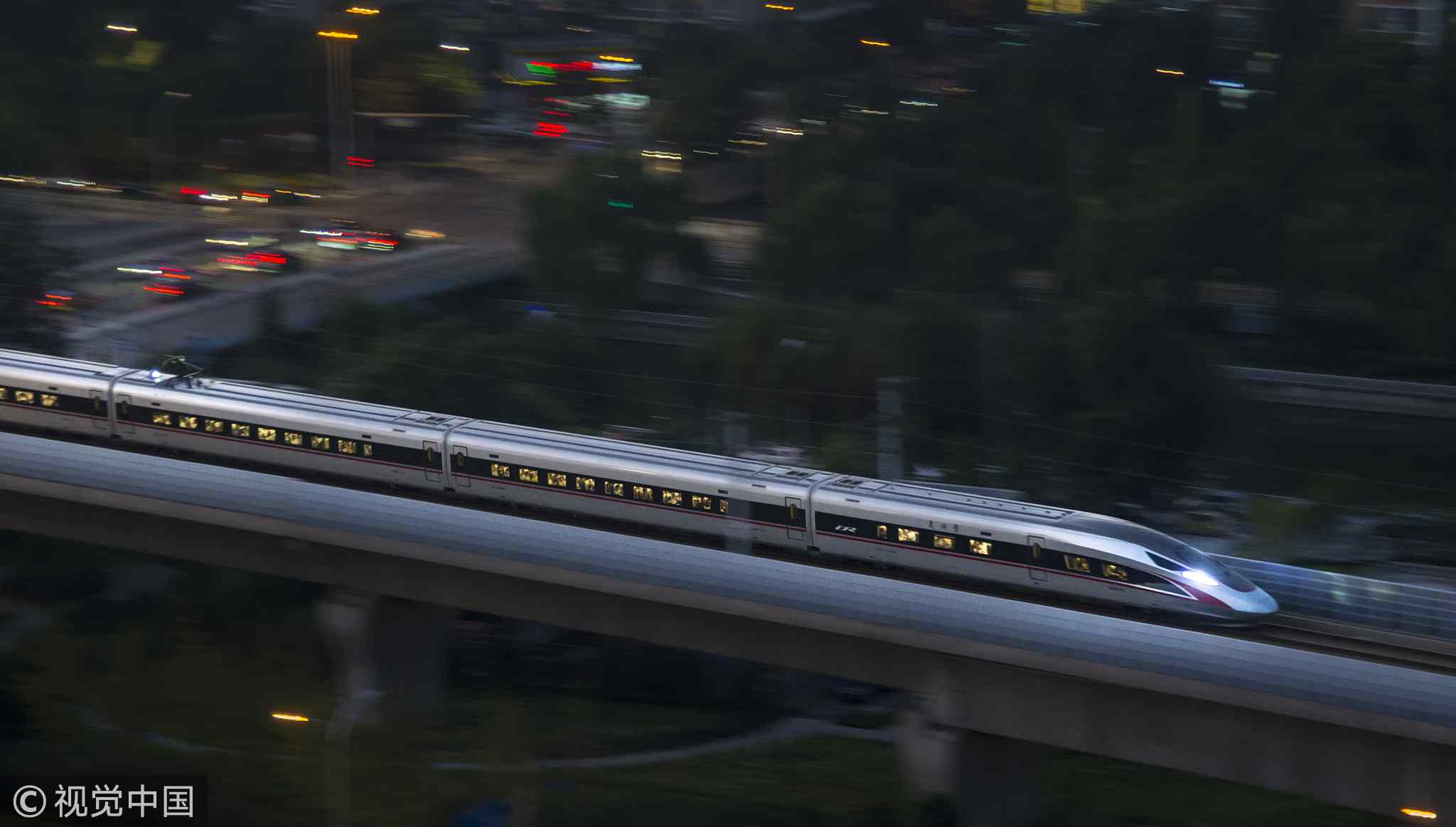
She believes that the China-proposed Belt and Road Initiative holds great potential for collaboration between China and the world through the city of Qingdao, where she’s based and which houses more than 120 companies in the rail transportation industry.
"We will adapt train designs to the different conditions of each country, be they geographical specificities, railway laws or national culture. We must make revisions and improvements to our vehicles to suit their operating environment," she said, expressing pride in China's ability to customize its technology to the world's needs.
Yan will soon retire. She has taken the road less traveled and contributed to laying the groundwork for a high-speed railway that is expected to hit 45,000 kilometers by 2030, more than enough to circle the earth.
Despite her journey in the rail industry nearing its end, the woman is adamant on forging ahead.
"I experienced China's development from low-speed trains to high-speed trains, from buses to the high-speed railway network. Although the path was difficult, I am still growing. I will retire in three years, but I don't think I could give up on this profession.”

SITEMAP
Copyright © 2018 CGTN. Beijing ICP prepared NO.16065310-3
Copyright © 2018 CGTN. Beijing ICP prepared NO.16065310-3